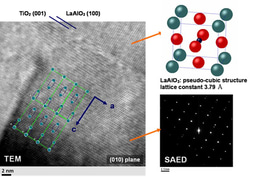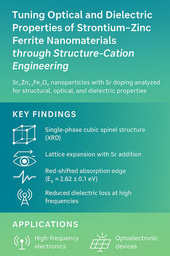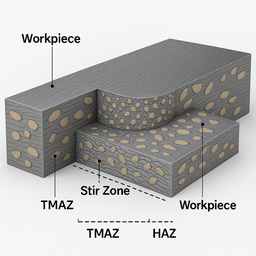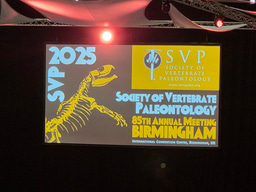A Drop of Light: An interactive installation and performance.
Published in Social Sciences, Computational Sciences, and Arts & Humanities

As a specialist in the sciences of new media arts and creative technology, through my experiments in interactive arts, I noted that as long as there has been human-technology interaction, there has been a psychological paradox of two paired states that are in conflict with one another in people's technologically mediated perceptions. The first one allows individuals to work better and faster, while the second one diminishes their sense of self-awareness since they see the world through the rules of the technical medium, which erodes their pure human sensory channels.
During my time as a postdoctoral fellow at the Structured Light Laboratory in 2022–2023, I had the incredible opportunity to study the ways in which people's perceptions of technology are influenced by their encounters with it and in what situations this view improves or worsens human perception.
I created an interactive investigation called "A Drop of Light." This new media art practice-based research path explores the formation of human-technology relationships. The project aimed to generate a digital holographic spot. People can respond to and engage with this spot as a technological hypermedium. Their technologically mediated perceptions, in response, are embodied, expressed, and analyzed.
I defined and applied three structural principles to form a technological embodiment model of human perception: instrumentality, affordance, and embodied imagination. Based on that model, a conversation was started between the created holographic spot and the participants to allow for three levels of integration with the technological hypermedium: exploration, adaptation, and symbiosis.
The interactive installation and performance served as an exhibition-based lab to experiment in the setup and investigate the impact of the proposed technological embodiment model of human perception to enhance the interactions between the performer and the digital holographic spot.
The performer's attitude towards technology and the actions she took oscillated between technophilia and technophobia. Two opposing mental states are present at the beginning of the interactions. The real-time interactions demonstrated the significance of the three structural principles of the proposed technological embodiment model of human perception. They helped make the technologically mediated symbolic exchange between the performer and the hypermedium possible. They also helped to improve how the performer interacted with the hypermedium so they could live together in harmony in the installation's ecosystem. The performer's mode of hesitation was lowered, and her fair views on technology were confirmed.
In this way, the project focuses on how engaging new media practices add to this situation. They assist researchers in examining the impact of technology on participants' experiences and actions. These practices also assist in gathering relevant numeric and qualitative data for studies on how people perceive various aspects and other related psychological questions.
More resources:
- The project documentations in Creative applications hub
- Video 1 | Video 2 | Video 3 | Video 4 | Video 5
Follow the Topic
-
Humanities and Social Sciences Communications

A fully open-access, online journal publishing peer-reviewed research from across—and between—all areas of the humanities, behavioral and social sciences.
Related Collections
With Collections, you can get published faster and increase your visibility.
Interdisciplinarity in theory and practice
Publishing Model: Open Access
Deadline: Dec 31, 2025
Addressing the impacts and risks of environmental, social and governance (ESG) practices towards sustainable development
Publishing Model: Open Access
Deadline: Mar 27, 2026





Please sign in or register for FREE
If you are a registered user on Research Communities by Springer Nature, please sign in